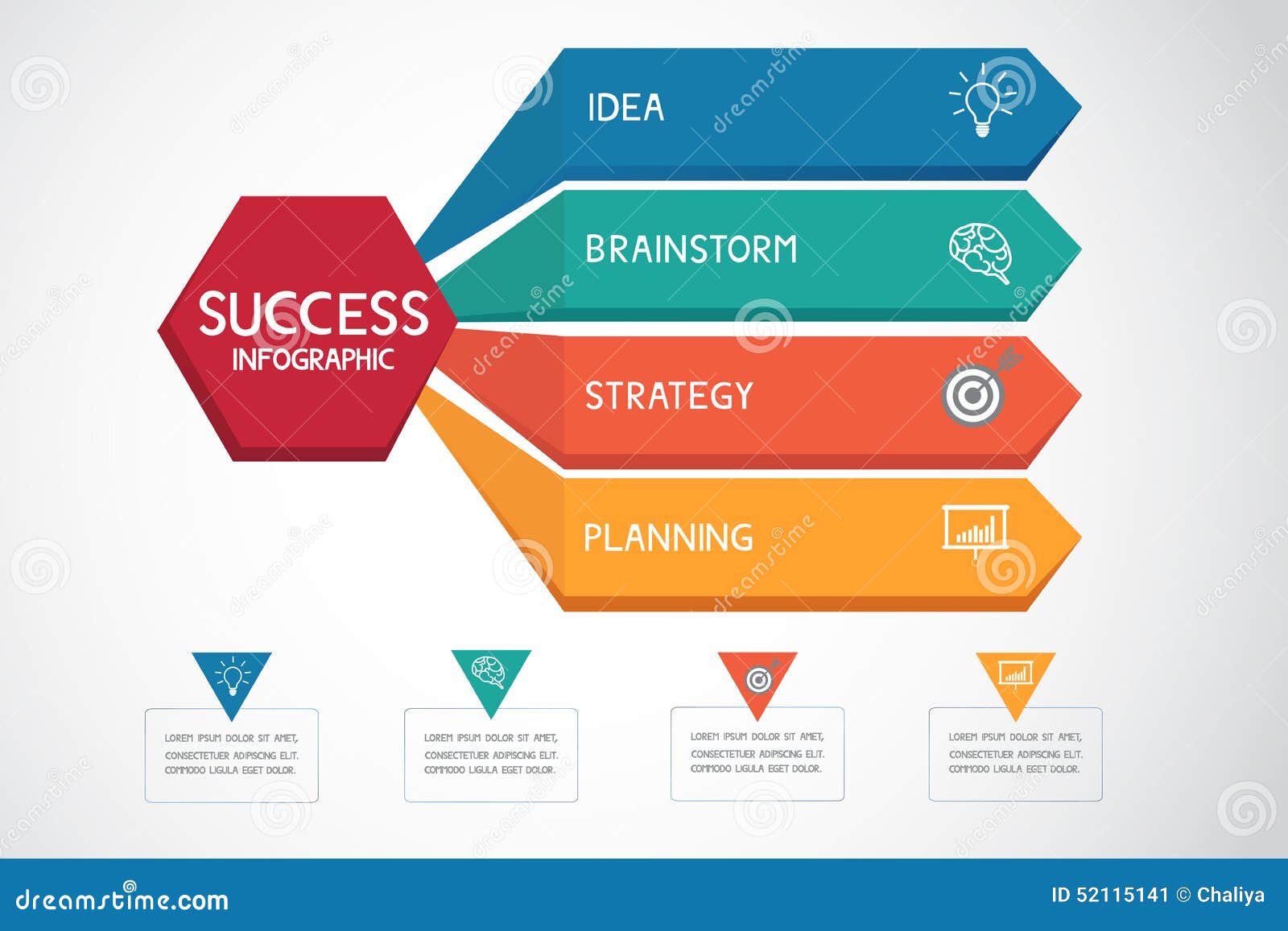Internet Site Style: A Trip Through Time.From Modest Starts To Contemporary Marvels, Web Site Design Has Gone Through A Significant Improvement Throughout The Years
Internet Site Style: A Trip Through Time.From Modest Starts To Contemporary Marvels, Web Site Design Has Gone Through A Significant Improvement Throughout The Years
Blog Article
Short Article By-Solis Dodson
In the past, sites were straightforward and concentrated on info. Navigation was direct, and design was for desktop computers. Currently, user experience is vital. Information overviews styles for simple navigating. Receptive designs fit different tools. Today, dark mode decreases pressure, and minimalist food selections boost navigation. https://techbullion.com/seven-tools-to-organize-and-optimize-your-digital-marketing-strategy/ involve individuals, and vibrant visuals stand out. AI assimilation boosts involvement. See exactly how style has actually advanced to improve your on the internet trip.
Early Days of Web Design
In the very early days of web design, simplicity reigned supreme. Web sites were fundamental, with limited colors, fonts, and designs. The emphasis got on giving details rather than fancy visuals. Users accessed the net through slow dial-up connections, so speed and capability were vital.
Navigation menus were straightforward, generally situated on top or side of the web page. Sites were created for desktop, as mobile browsing had not been yet prevalent. Material was king, and developers prioritized simple readability over complicated style aspects.
HTML was the primary coding language used, and designers had to work within its constraints. Computer animations and interactive attributes were minimal compared to today's requirements. Internet sites were fixed, with little vibrant material or individualized customer experiences.
Surge of User-Focused Design
With the development of website design, a shift in the direction of user-focused design concepts has actually come to be increasingly noticeable. Today, creating websites that focus on user experience is crucial for engaging site visitors and attaining organization goals. User-focused design involves understanding the demands, preferences, and behaviors of your target audience to customize the web site's layout, content, and includes appropriately.
Designers now perform extensive research study, such as user surveys and use testing, to gather insights and comments directly from users. This data-driven technique helps in creating intuitive navigating, clear calls-to-action, and aesthetically appealing user interfaces that resonate with visitors. By positioning the individual at the center of the style process, sites can supply an extra customized and enjoyable experience.
Responsive design has likewise become a key facet of user-focused style, making certain that web sites are optimized for different devices and screen sizes. This adaptability enhances availability and usability, dealing with the varied means users communicate with sites today. In essence, the surge of user-focused style represents a shift in the direction of developing electronic experiences that prioritize the needs and expectations of completion individual.
Modern Trends in Web Design
Check out the most up to date fads forming web design today. One popular trend is dark mode layout, using a sleek and modern-day look while reducing eye strain in low-light environments. One more key pattern is minimalist navigation, simplifying food selections and enhancing individual experience by concentrating on essential elements. Integrating micro-interactions, such as computer animated buttons or scrolling results, can produce a much more engaging and interactive website. Receptive style continues to be critical, making certain seamless customer experiences across different devices. Additionally, making use of strong typography and unbalanced designs can include aesthetic interest and accentuate certain material.
Integrating AI technology, like chatbots for client assistance or individualized referrals, enhances individual interaction and streamlines procedures. Accessibility has additionally become a considerable fad, with designers prioritizing comprehensive design methods to deal with diverse customer requirements. Embracing sustainability by enhancing web site performance for speed and performance is another emerging pattern in web design. Working together with user responses and information analytics to iterate and enhance layout continuously is vital for remaining relevant in the ever-evolving electronic landscape. By embracing these modern patterns, you can create a visually attractive, easy to use web site that reverberates with your target market.
Conclusion
As you assess the evolution of web site layout from the early days to currently, you can see just how user-focused layout has actually become the driving force behind modern patterns.
Embrace the journey of change and adjustment in web design, constantly maintaining the individual experience at the forefront.
Remain present with the most recent fads and technologies, and never ever stop developing your technique to create aesthetically spectacular and easy to use web sites.
search engine optimization sites , adapt, and create - the future of web design remains in your hands.
